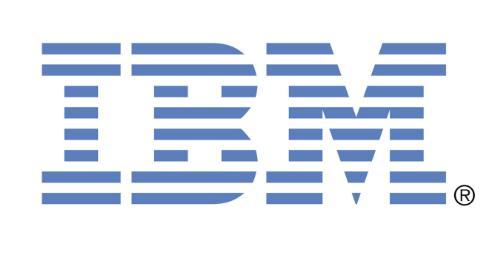The rapid, accelerating growth of data, transactions, and digitally aware devices is straining today’s IT infrastructure and operations. At the same time, storage costs are increasing and user expectations and cost pressures are rising. This staggering growth of data has led to the need for high-performance streaming, data access, and collaborative data sharing. So – how can elastic storage help? How can administrators utilize the power of better data economics to improve their overall environment?
Let’s start with these three concepts:
- Cloud is driving clients to consider new consumption models, particularly software defined, to enable improved economics for both compute and storage.
- Data and analytics are driving an increased need for application acceleration
- Social and mobile are increasing the need for additional storage formats like file and object to support the associated data exploration.
Once you see these three drivers around the modern organization – You have to ask an important question. Does my current storage strategy address all or just some of today’s challenges around managing data? In this webinar from IBM, you’ll learn about:
- Managing complexity and cost with never-ending data growth
- Overcoming application performance slowness caused by data access bottlenecks
- Improving and delivering data security, integrity, and availability
- How to access data on a global scale.
The new features within IBM GPFS 4.1 directly help an organization address the variety of challenges revolving around data control, integrity and delivery. It’s critical for any organization (that wants to stay competitive) to utilize new and enhanced capabilities like native encryption and flash acceleration. What are some other big benefits in deploying elastic storage?
- Save acquisition costs by using standard servers and storage
- Realize extreme scale and performance with a single global namespace
- Increase resource and operation efficiency by pooling redundant isolated resources and optimizing ululation.
- Achieve greater IT agility by being able to quickly react, provision, and redeploy resources in response to new requirements.
- Lower data management costs though policy driven automation and tiered storage management.
Watch IBM in this brief webcast which covers the new and enhanced capabilities of Elastic Storage 4.1, including native encryption and secure erase, flash-accelerated performance, network performance monitoring, global data sharing, NFS data migration and more. IBM GPFS (Elastic storage) may be the key to improving your organization’s effectiveness and can help define a clear data management strategy for future data growth and support.





Speak Your Mind